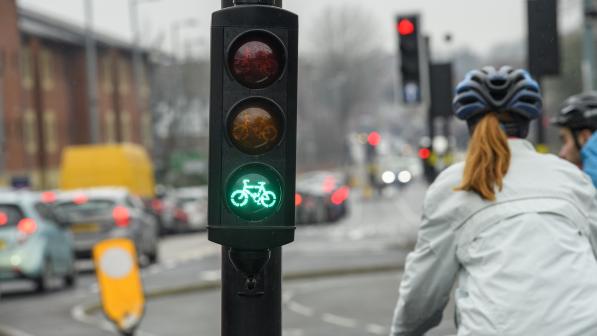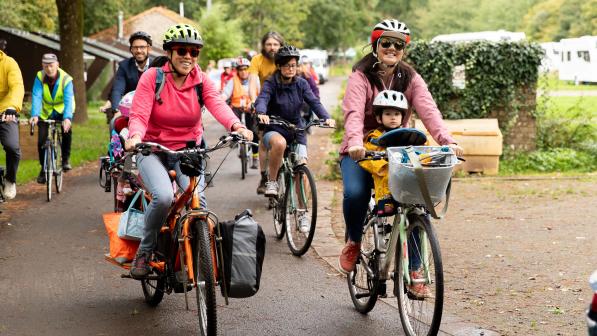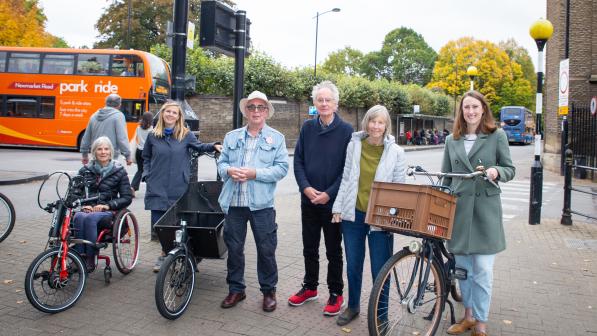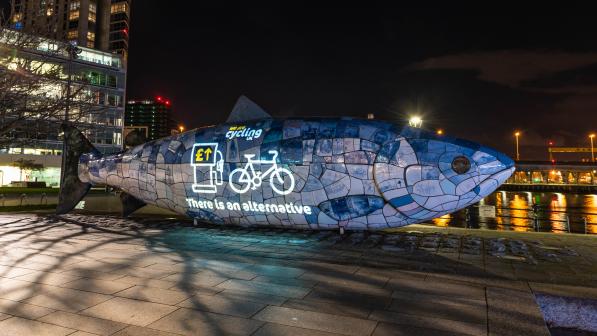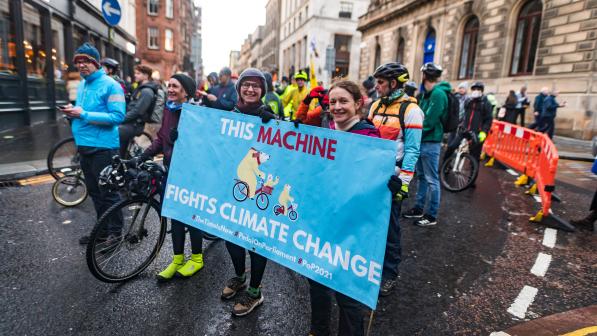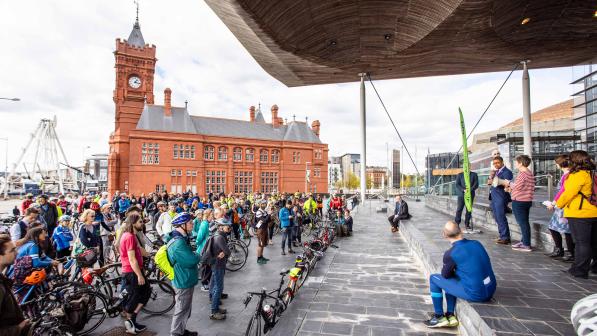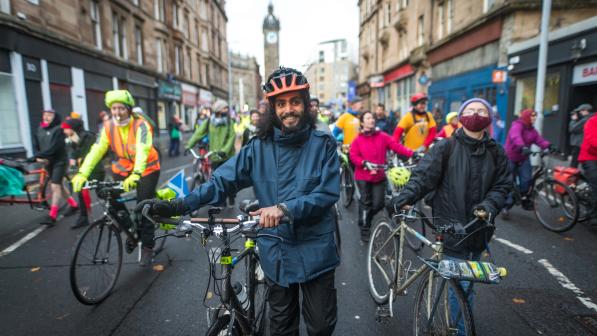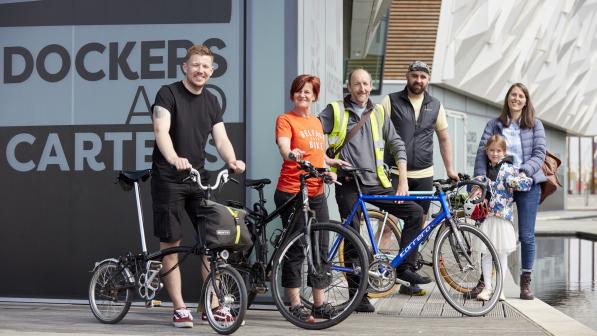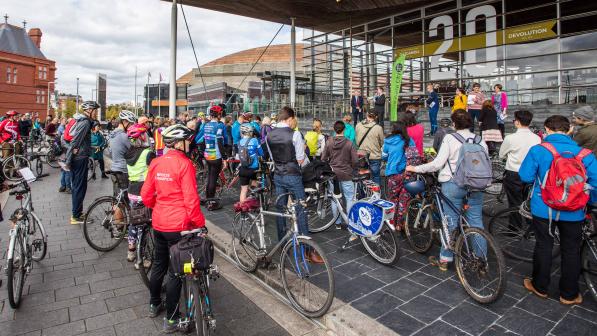How to write a campaign advocacy plan

Introduction
Campaigns are all about influencing people in or with power to making change happen.
People use a variety of ways to influence or persuade decision makers but usually methods fall into one of two areas:
- Public campaigning – getting public support for change and using the weight of public opinion to influence decision makers
- Advocacy – persuading decision makers directly with positive policies and arguments.
A good campaign might use both public campaigning and advocacy but it’s useful to be clear from the outset who the audience is for each activity.
This guide can help you to create an advocacy plan for your campaign to work out which decision makers you are influencing, what arguments you are going to use, what you are going to do, and who is helping to make it a success. In doing so it can also form the basis for public campaigning by already defining audiences, beneficiaries, messaging, and partners.
Always consider who you are trying to influence and what will make them see your point of view.
Use the template below to create an advocacy plan.
Advocacy plan - template
Campaign name
Include campaign name here
Context
What’s the problem or issue you are trying to address or the change you want to see?
- Briefly describe the background to this issue.
- TIP - Append any other documents which help to provide background information.
Political context & opportunities
What opportunities are there to address the problem or make the change now?
- Does the campaign address a bigger issue nationally or locally, e.g. climate change, increases equality, helps children cycle to school, access to green space?
- Is there already a movement for this – is it in the public consciousness?
- Is there an election or other event which will help to promote the campaign?
- Are there any other issues that need to be considered, including risks which need to be managed?
- TIP – get into the mind of a decision maker or politician – think about what is in it for them? Why should they make this change happen?
Objectives
What are you trying to achieve?
- What change do you want to see, e.g. A segregated cycle path from A to B. OR Secure cycle parking at the shopping centre. – Can be one or a few interrelated things (max 3 is best).
- What is realistically possible to achieve? Don’t overcomplicate it.
- As far as possible try to make your Objectives SMART – Specific, Measurable, Achievable, Relevant, Timescale.
- TIP – The campaign can have more than one objective. As well as a making something happen, e.g. a new cycle route, objectives can also include increasing local awareness of the campaign issue, or achieving new members for your group.
Geographical remit
Where do you want the change to happen?
- What is the scope of the advocacy plan, i.e., local, national, or specific neighbourhoods/roads?
Target Audience
Who do you need to persuade or influence?
- List the individuals/organisations that have the power to make the objective happen and need to be influenced. Who has the power to say yes or no, or to influence the decision? Try to write named individuals, if not then job title is okay.
- Find out more about their position on the campaign issue (have they expressed an opinion on this topic or problem) or, if they are a politician, find out what their party policy is.
Messaging
Explain concisely what you want
- What are the campaign messages? What words will you use to persuade the decision makers?
- TIP – the wording might be slightly different to what you would use for the public or the media.
Stakeholders
Who might be affected by the change you want to see?
- List the individuals, group, or organisations who might be benefit from the change you want to see – the beneficiaries? E.g., school children, disabled people, people who live in the area.
- List the individuals, group, or organisations who might lose out because of the change you want to see?
Partners/Allies
Who is going to help you to achieve the goal?
- List individuals and organisations who can work with you to achieve your goal and bring extra influence or resources (community groups, politicians, charities, well-known members of the community – anyone other than the decision makers). This will help you reach out to other groups and get them on board.
- TIP – think of groups who might benefit but don’t yet realise it’s a good thing.
- NOTE - If you need the public support for your campaign, you may also need to create a public campaigns plan to think about how best to engage members of the community and the wider public, and to organise and plan public-facing activities.
Campaign Team
Who is running the campaign?
- Who is leading the campaign and advocacy elements of the campaign?
- Who else is involved and what are their roles? Include contact details and job titles.
- Who is responsible for sign off (if appropriate)?
Budget
Think about how much money you need to spend
- Give indication of likely costs of the campaign – if any?
- Who is controlling the budget (and specify from which sources)?
- Consider other resources (non-financial) that will be needed too.
Activity Plan
What are you going to do to influence decision makers and make the change happen?
- Put in a timeline of key points of activity
Month
What’s Happening?
Action Required
- List dates for planned communications including online, on social media, and with the local/national media. Help spread the message.
- List individuals/organisations who are to be involved in each activity and who is responsible.
- Example advocacy actions could include meeting with Councillors, meeting council officials, meeting agency staff, e.g. Sustrans, report writing, writing to the paper, or local surveys.
- TIP – Keep this activity plan live and update it regularly.
Monitoring and Evaluation
How and when will you know the campaign has been a success?
- Explain how you will review your plan and gauge success at various stages?
- What steps will you take to review progress?
- TIP – Having regular meetings and reporting progress to members can keep everyone positive and energised and help maintain progress?
